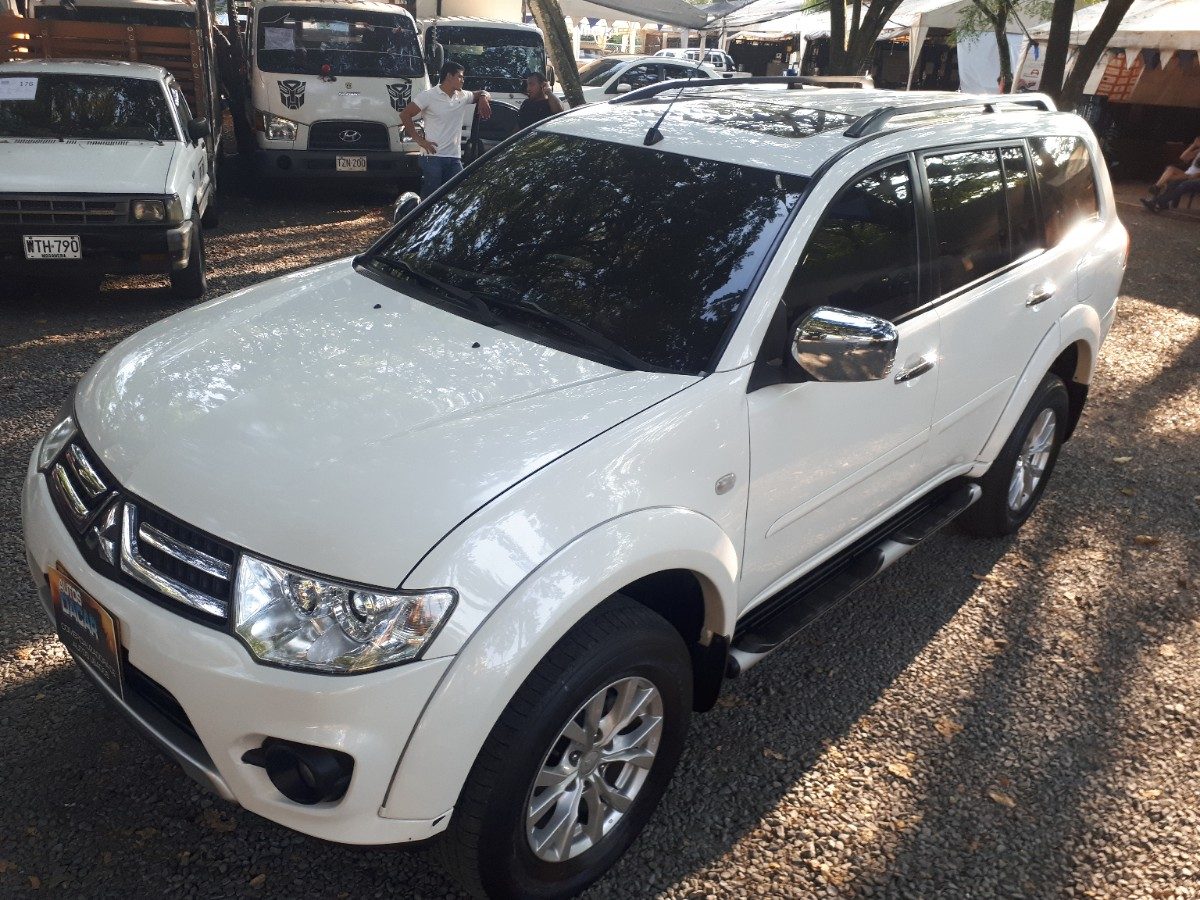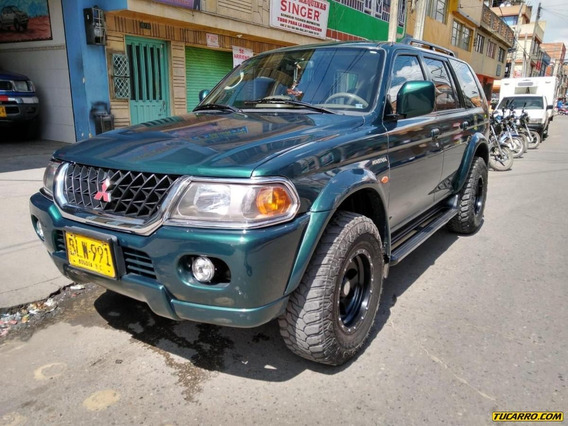

It is also clear that most genera require additional taxonomic study (revisions or monographs), and large areas of land remain unexplored to date. However, the knowledge of national floristic richness is still unsatisfactory mainly due to the difficulty of synthesizing scattered information in such publications along with the lack of well-curated databases of specimens documenting this richness. Mexico has a long and growing tradition of studying its vascular flora, reflected in the significant increase in recent decades of specimens housed in national scientific collections and abroad, backed by an immense bibliography. There are international agreements that prioritize the quantification of biodiversity of the signatory countries, especially those with poor or insufficient knowledge of biodiversity at the national and/or regional levels, as is the case of Mexico ( Conabio, 2012). With this number, it is possible to quantitatively evaluate diversity and compare it among areas.

Finally, the IP Court’s explanations on the burden of proof will make current and upcoming pharma patent disputes more predictable.The concept of biodiversity, applied to floristic richness, considers the number of taxa (categories of the taxonomic hierarchy) present in any geographical or administrative unit, such as county, state or country. On the other hand, patent holders have obtained an effective remedy against bad faith practices of generic companies. On the one hand, it does not impede good faith generic companies to prepare for their launches in advance (following the Term and Action tests). Nativa (2018) is far more balanced for the industry. We believe that the IP Court’s approach in Novartis vs.
#NATIVA 2016 COLOMBIA REGISTRATION#
In doing so, the courts used to rely on Bolar Principle interpreting such clearly profit-driven actions as registration of price to be preparatory actions that cannot bear threat of infringement (Celgene Corporation vs. Farm-Syntez, case А40-65668/2008), the inferior courts used to turn a blind eye to commercialization of generic drugs until the patent expiry. Starting from 2009, when the Supreme Commercial Court abandoned a generic drug for the first time (Novartis AG vs.

We believe that this case should positively influence protection of pharma patents in Russia. Mere demonstration of real risk of infringement shall suffice.īased on these arguments, the IP Court abandoned to market and sell the copycat of Tasigna in Russia until the patent expiry. To evidence threat of infringement, the patent holder does not have to present commercial documents on sales of the generic drugs (invoices, bills, tender results). The list of such actions is open-ended, but may comprise (1) conduction of bioequivalence studies, (2) obtaining the MA, (3) registration of price, (4) application for the reimbursement. Actions test (consecutive preparatory actions to sell and market the drug has been taken).It is apparent that Nativa’s attempt to register the generic drug () would have no sense, if Nativa never intended to sell its generic drug before the patent expiry () In Russia, the MA holder’s failure to sell and market the drug for 3 consecutive years results in revocation of the MA (Law on Circulation of Drugs, art. Term test (the MA is obtained 3+ years before the patent expiry).The panel of judges carefully analyzed the notion of threat of infringement and set a few criteria of threat of infringement: In April 2018, The IP Court uphold the inferior courts decisions.

The commercial courts of the first and appeal instances found in favor of Novartis and abandoned any use of Nativa’s drug before the patent expiry. In December 2016, Novartis sued Nativa for an alleged threat of the patent infringement, which is deemed illegal under the Russian legislation (Civil Code, art. In a few years, Nativa obtained the MA for its generic drug Nilotinib-Nativ (same INN) and has put efforts for the launch of the generic drug (in particular, registered the price before the MoH and applied for the reimbursement), regardless of Novartis’ effective patent for Nilotinib. Under the auspices of the case, in 2008 Novartis obtained the MA for its blockbuster drug Tasigna (INN Nilotinib). The IP Court’s position in this case may result in an extra defense granted for patent holders against unfair practice of registration of generics drugs until patent expiry. On 24 April 2018 the Intellectual Property Court published its Decision in case A41 85807/2016 between Swiss-based Novartis AG and local generic Nativa LLC. By Boris Malakhov of Lidings Law Firm on NovemPosted in Case Studies, Europe, Patents


 0 kommentar(er)
0 kommentar(er)
